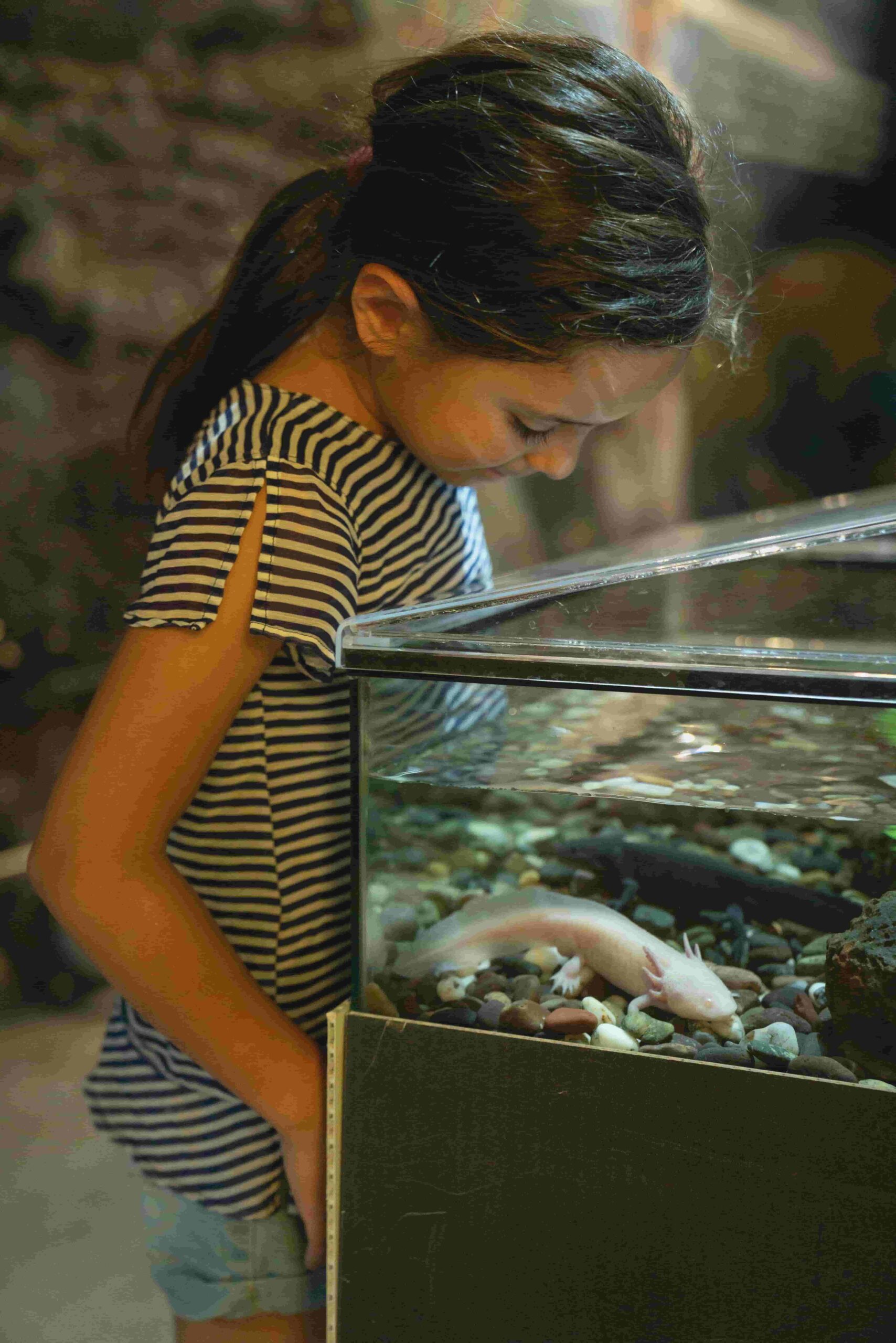In the vast tapestry of our planet’s biodiversity, there exist creatures that seem to defy belief. These astonishingly rare animals, often lurking in remote corners of the world, continue to captivate the imagination of scientists and wildlife enthusiasts alike. From the depths of the ocean to the heights of the mountains, these remarkable beings showcase the sheer diversity and wonder of life on Earth. In this article, we will take a captivating expedition to discover ten exceptionally rare animals that push the boundaries of our knowledge about the natural world.
विषयसूची
- The Majestic Okapi: A Hidden Unicorn
- The Resplendent Kakapo: A Parrot Out of Time
- The Mysterious Saola: The Asian Unicorn
- The Elusive Axolotl: A Regenerating Marvel
- The Cryptic Aye-Aye: Nature’s Oddball
- The Phantom Solenodon: A Living Fossil
- The Dazzling Quokka: The Happiest and Rare Animal
- The Spectacular Blue Dragon: Oceanic Enigma
- The Marvelous Pangolin: A Scaly Wonder
- The Spellbinding Glass Frog: Transparent Beauty
- निष्कर्ष
- पूछे जाने वाले प्रश्न
The Majestic Okapi: A Hidden Unicorn
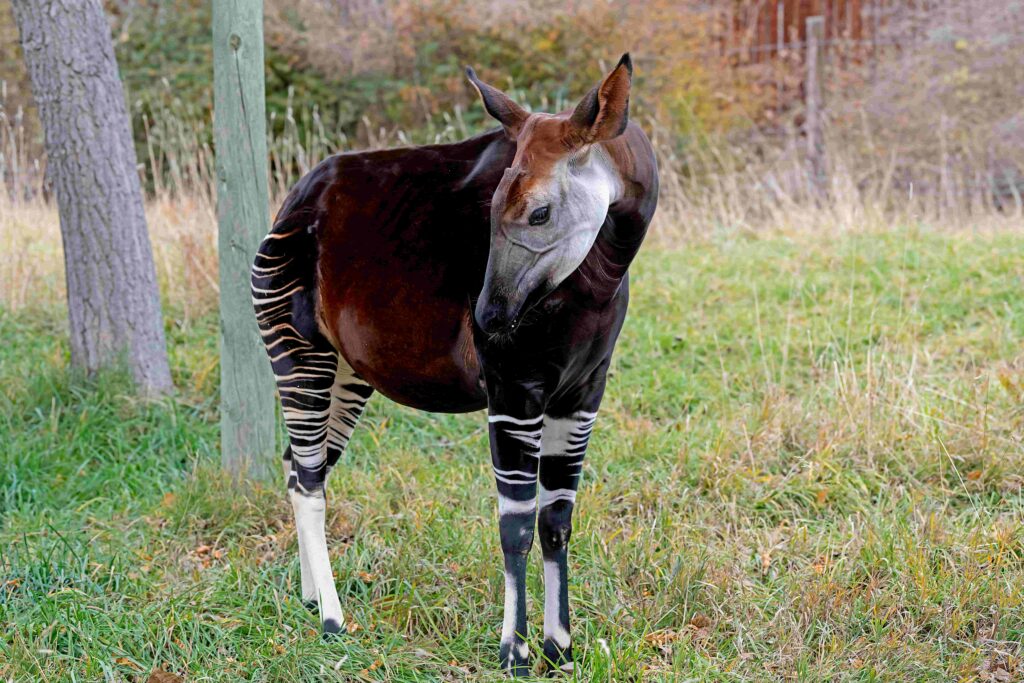
Unveiling the Enigmatic Okapi
Nestled deep within the dense rainforests of the Democratic Republic of Congo, the Okapi, also known as the ‘forest giraffe,’ remains an elusive and rarely seen creature. Its unique appearance, resembling a combination of a giraffe and a zebra, has baffled researchers for centuries.
An Unusual Family Tree
Believe it or not, the Okapi is the only living relative of the giraffe, despite its strikingly different appearance. It sports black-and-white stripes on its legs and bears a long, prehensile tongue.
The Resplendent Kakapo: A Parrot Out of Time
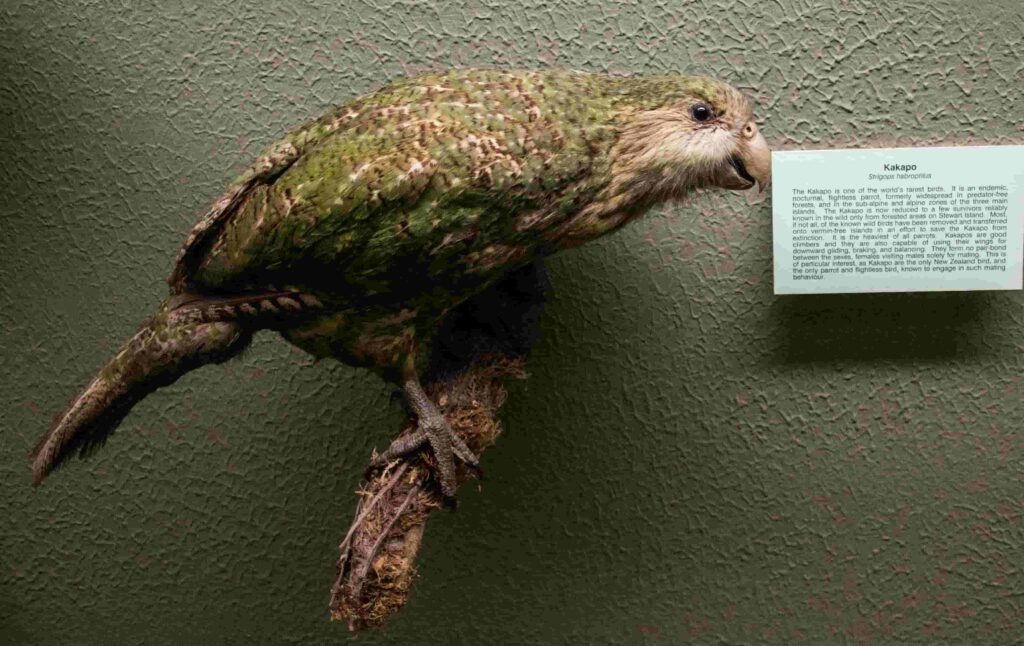
The Puzzling Parrot of New Zealand
In the remote forests of New Zealand, the Kakapo, also known as the night parrot, stands as one of the rarest and most peculiar parrot species on the planet.
Flightless and Nocturnal
The Kakapo is not your typical parrot. Unlike its colorful, chirpy relatives, this bird is flightless and nocturnal, making it a true anomaly in the parrot world.
The Mysterious Saola: The Asian Unicorn
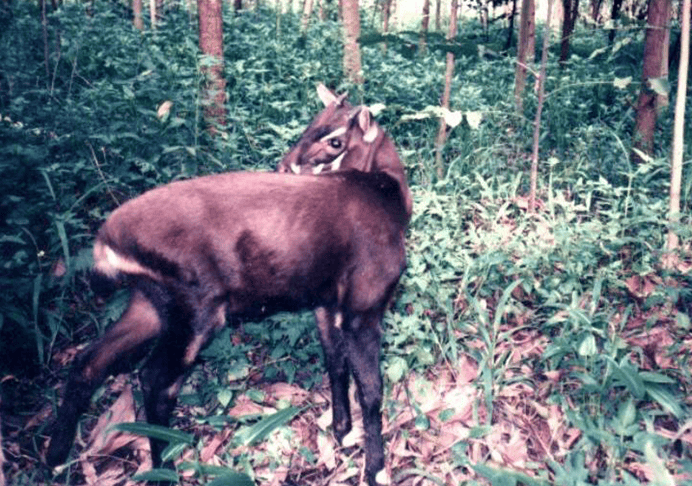
The Enigmatic Antelope of Vietnam
In the remote Annamite Mountains of Vietnam lies a mysterious and captivating creature known as the Saola, often dubbed the ‘Asian unicorn’.
A Living Fossil
With its long, slender horns and striking facial markings, the Saola appears like a creature from a bygone era. It was only discovered by scientists in the early 1990s, making it one of the most recently recognized large mammals on Earth.
The Elusive Axolotl: A Regenerating Marvel
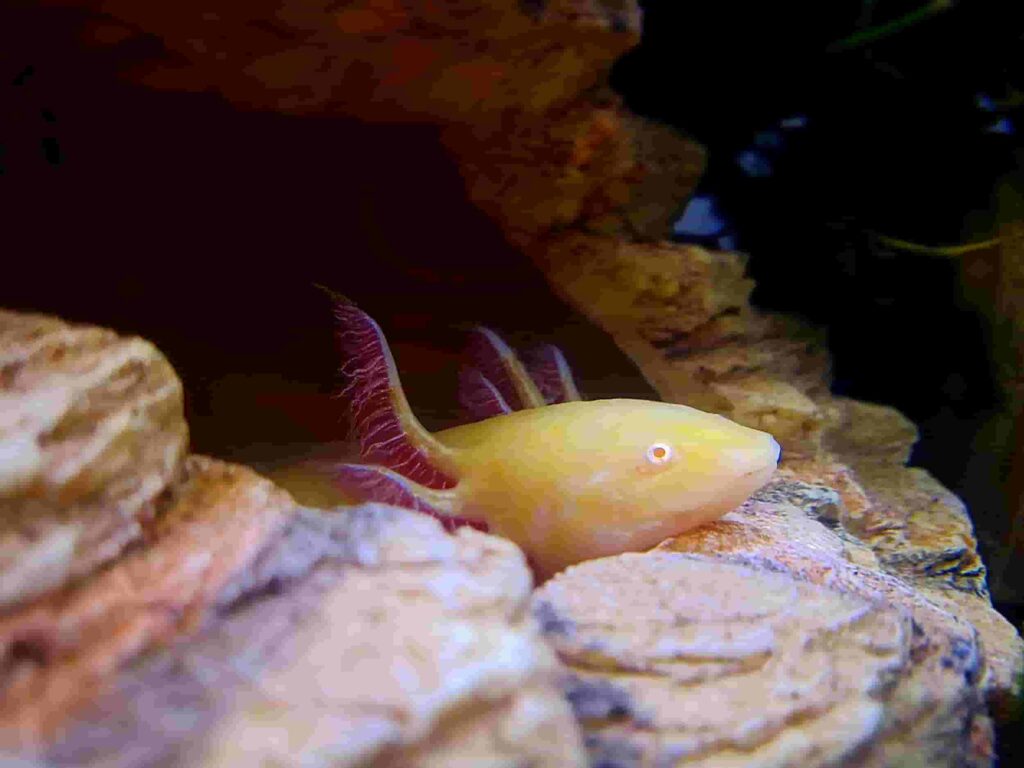
The Ambassadors of Regeneration
In the murky waters of Mexico City’s ancient canals resides the Axolotl, a unique salamander species that has baffled scientists with its incredible regenerative abilities.
Forever Young
Unlike other salamanders, the Axolotl retains its juvenile features throughout its entire life, giving it the appearance of eternal youth. This remarkable trait has made it a subject of scientific fascination.
The Cryptic Aye-Aye: Nature’s Oddball
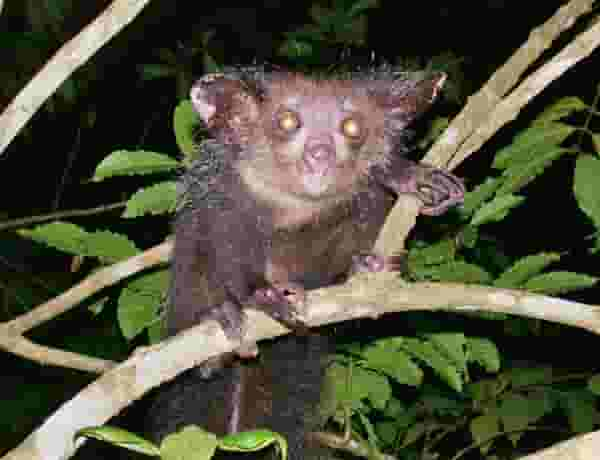
Madagascar’s Bizarre Primate
On the island of Madagascar, you’ll find the Aye-Aye, a creature that looks like a cross between a squirrel and a witch’s finger.
The Finger That Finds Food
The Aye-Aye possesses an elongated, bony middle finger that it uses to tap on trees, listening for insect larvae. This unique feeding behavior is one of the many mysteries that surround this cryptic primate.
The Phantom Solenodon: A Living Fossil
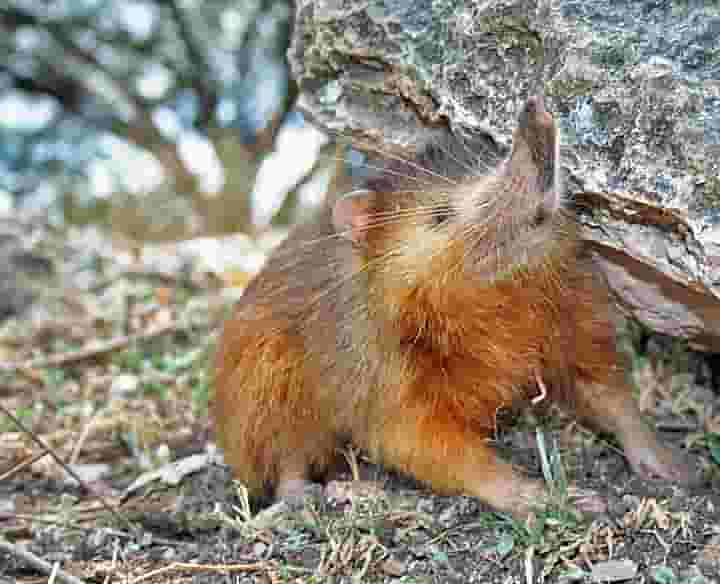
A Survivor from the Past
In the remote forests of the Caribbean, the Solenodon, a small, shrew-like creature, has defied extinction for millions of years.
Venomous Anomaly
One of the Solenodon’s most astonishing traits is its venomous saliva, a feature unseen in most mammals. It truly is a living relic from a bygone era.
The Dazzling Quokka: The Happiest and Rare Animal
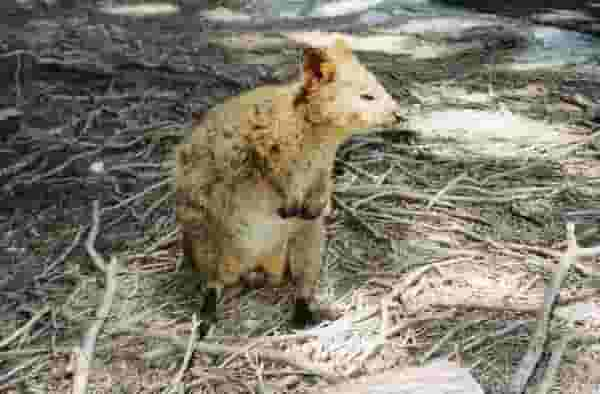
Australia’s Smiling Marsupial
The Quokka, native to Australia, has earned the title of the “world’s happiest animal” due to its perpetually cheerful expression.
A Social Media Sensation
In recent years, the Quokka’s photogenic smile has made it an internet sensation, drawing tourists and wildlife enthusiasts from all over the world to witness its infectious joy.
The Spectacular Blue Dragon: Oceanic Enigma
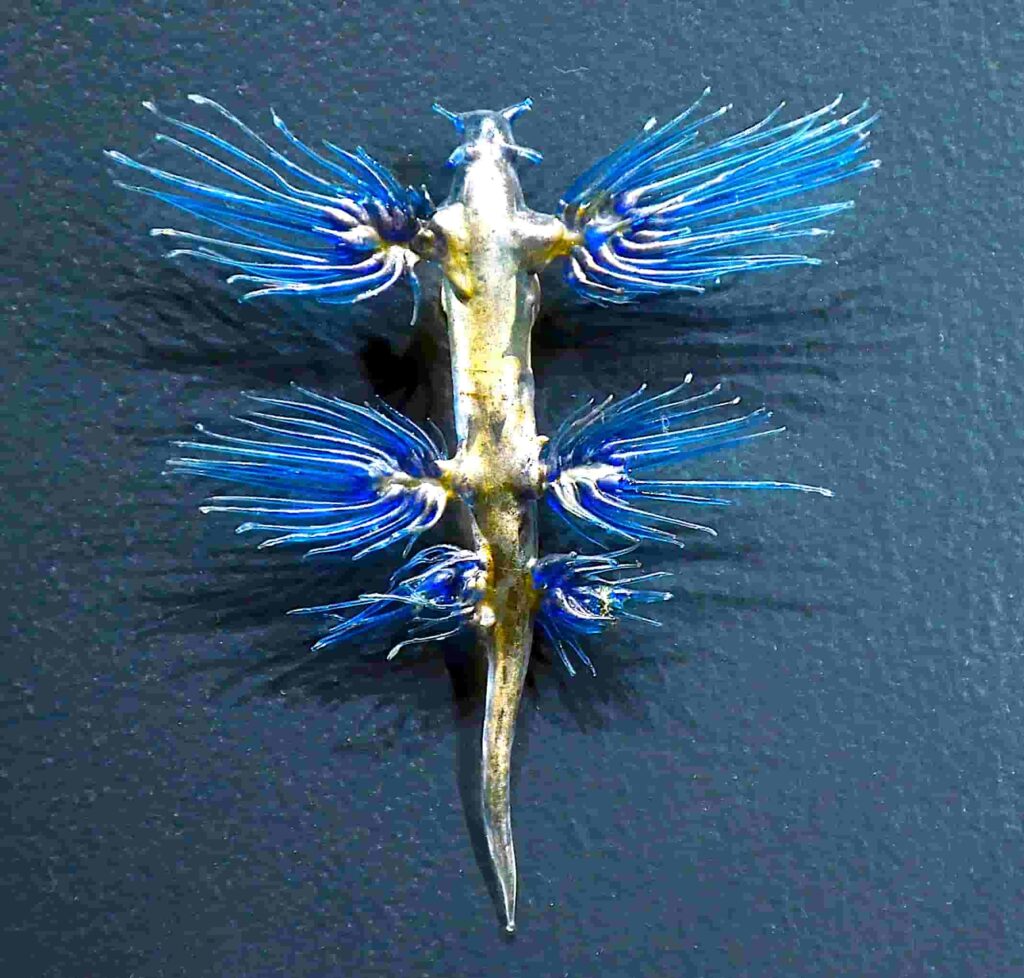
The Mystical Creature of the Deep
Beneath the surface of the ocean, the Blue Dragon, or Glaucus Atlanticus, drifts through the water with its vibrant blue and silver hues, resembling a mythical sea serpent.
A Cunning Predator
Despite its small size, the Blue Dragon is a formidable predator, preying on venomous creatures such as the Portuguese Man o’ War. Its ability to harness the toxins of its prey is truly astonishing.
The Marvelous Pangolin: A Scaly Wonder
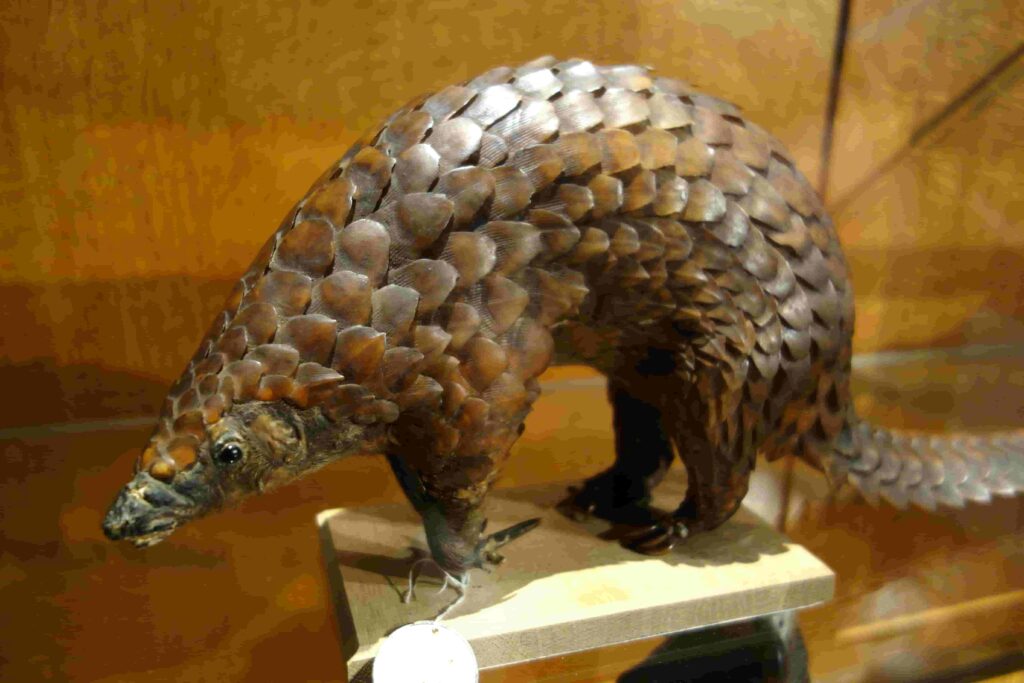
The World’s Most Trafficked Mammal
The Pangolin, with its armor-like scales and unique appearance, has the unfortunate distinction of being the world’s most trafficked mammal.
A Gentle Insectivore
Despite its tough exterior, the Pangolin is a gentle creature, subsisting primarily on a diet of ants and termites. Efforts are underway to protect these remarkable rare animals from the brink of extinction.
The Spellbinding Glass Frog: Transparent Beauty
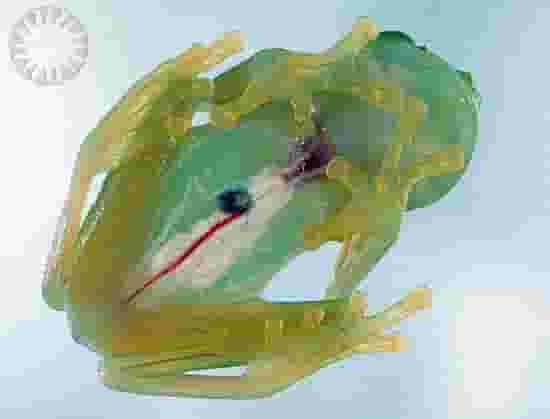
Nature’s Glass Art
In the rainforests of Central and South America, the Glass Frog stands as a symbol of nature’s exquisite artistry.
See-Through Secrets
The translucent skin of the Glass Frog allows observers to see its internal organs, making it one of the most visually captivating creatures in the animal kingdom.
निष्कर्ष
These ten astonishingly rare animals remind us of the boundless wonders that still await discovery in the natural world. Their unique features, behaviors, and adaptations challenge our understanding of life on Earth, underscoring the need for continued conservation efforts to protect these incredible rare animal species.
पूछे जाने वाले प्रश्न
Are these rare animals endangered?
Many of these rare animals are indeed endangered due to habitat loss and poaching. To ensure their survival, conservation activities are essential.
Where can I see these animals in the wild?
Some of these animals, like the Quokka and Glass Frog, can be found in specific regions of Australia and Central/South America. However, seeing them in the wild requires careful planning and research.
Can I keep these rare animals as pets?
In most cases, it is illegal and unethical to keep these animals as pets due to their protected status and specialized needs.
Why are these animals so rare?
Factors such as habitat destruction, climate change, and human activity have contributed to the rarity of these species.
How can I support the conservation of these animals?
You can support conservation efforts by donating to organizations dedicated to protecting these rare animals and their habitats.

